In a crowded conference room at Rose City Comic Con 2019, Saturday con-goers gathered to hear monster-loving creators Chris Roberson (Hellboy, iZombie), Kel McDonald (Can I Pet Your Werewolf?), Tristan Tarwater (Elements: Fire), and Cat Farris (Ghoul Next Door), chat with moderator Zack Davisson (Yokai Stories) for the “Monster or Metaphor?! – The Meaning of Monsters” panel. They talked about favorite monsters, what those monsters can mean, and why people love them.

Since Davisson was late, the panelists started by talking about their favorite monsters. McDonald said werewolves; Tarwater said chupacabras (“People are very proud of thismonster that may be based just on a dog with mange”); Farris named kappas; Roberson said his favorite is Godzilla. Davisson burst triumphantly into the room just before Roberson named Godzilla, then took over precedings.
The genesis of the “Monsters or metaphor?” panel came from an audience member at a past panel asking Davisson what it means when he writes monsters. To kick things off, he did a lightning round with the panelists where he showed pictures of monsters and asked the panelists to say whether that monster is just a monster or a metaphor for something else.
Godzilla was first, and Davisson and the panelists agreed that he is a metaphor for several things, including nuclear radiation and its devastation — no matter how silly he is in the big studio movies, he’s always represented something darker. Next was werewolves, which McDonald said are “the proletariat of monsters.”
“Werewolves serve so many purposes over time,” Davisson said. He was fact-checked by McDonald when he claimed that the silver bullet mythology dates back hundreds of years; actually, that part of the mythos only dates back to the 1940s. Davisson revealed that the sole origin of werewolves being shot by silver bullets was The Lone Ranger, though it’s now entered the deep folklore.
Following werewolves, Davisson showed a photo of ghosts, which often represent the fear that something that should be gone is not gone. “I think they’re pretty amorphous; there’s a lot of ability to write onto a ghost what you want a ghost to be,” Davisson said. He noted some variations, including Casper the friendly ghost and the Ghost of Christmas Past.
“I think ghosts represent feelings that people are afraid to act on,” Tarwater added, noting that ghosts are “an acknowledgment that people die and have feelings that they don’t deal with in their life. Hopefully, they would be able to do so at another time. With the stigma of ghosts being like that, [it] suggests that it’s a bad thing to hold onto these.”
Next up was Jason, the classic movie monster who Davisson said represents Christian morality: “All of the teens doing bad, naughty stuff that you’re not supposed to be doing — Jason comes and kills you. Jason is the wrath of God. Who gets to survive?”
Roberson chimed in, “The final girl” — the “good” girl who didn’t have sex in the woods.
When Davisson showed a photo of zombies, McDonald said that they represent white men’s fear of poor communities and people of color. Davisson commented on zombies as metaphor for capitalism and Roberson also noted that The Walking Dead features a lot of survival prepping nonsense, but very little real metaphor.
After the zombies came the penanggalan, a ghost of Southeast Asian folk mythology. This monster, too, is a metaphor for something else. As Davisson and the panelists agreed before diving into more discussion post-lightning round, monsters are almost always metaphors for something else.
So, why monsters? All of the panelists noted that, first and foremost, monsters are cool. But they can also be used to talk about feelings of alienation, taboos, culture policing, sociopolitical and economic issues, and more. Plus, as Davisson noted, if you want to tell a story that people don’t want to deal with, putting a monstrous veneer on it creates distance from that uncomfortable truth.
When asked if metaphors are hard-coded into monsters, McDonald said, “I think the answer is yes because you tried to have monsters without metaphors and we debunked you.”
Roberson said that when he took zombies out of the post-apocalyptic context for iZombie, he ended up layering other things into the monster: things like, loss, grief, and memories. He was able to “empty out that vessel and fill it with something totally new.”
Is it possible to just write a monster, for example, to explore hyper-violence? Tarwater and McDonald said that when monsters are in stories, creators may not even realize that they are incorporating metaphors with their inclusion. Even when monster stories examine hyper-violence, Tarwater said there’s still underlying meaning: “Just wanting to destroy something to destroy it… why is that entertaining?”
Davisson called this “permission to rage.” In the case of monsters or robots — entities that “aren’t human” — so-called heroes can beat them down without holding back. Davisson’s example was Superman fighting a robot, stomping on its head and expressing true violence.
This transitioned into Davisson asking, “Are humans the real monsters?” Short answer: yes.


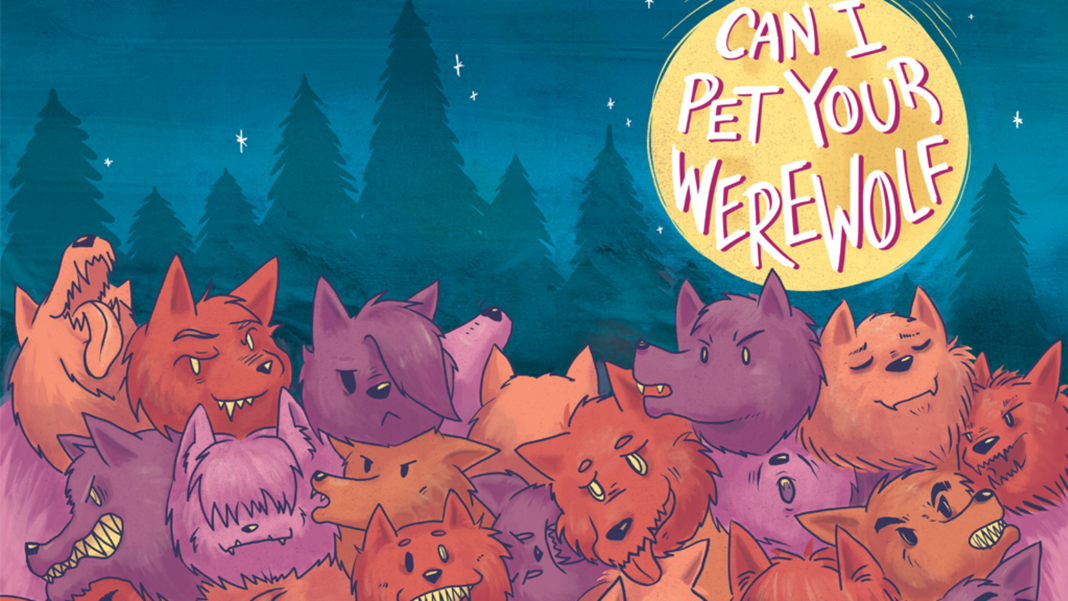
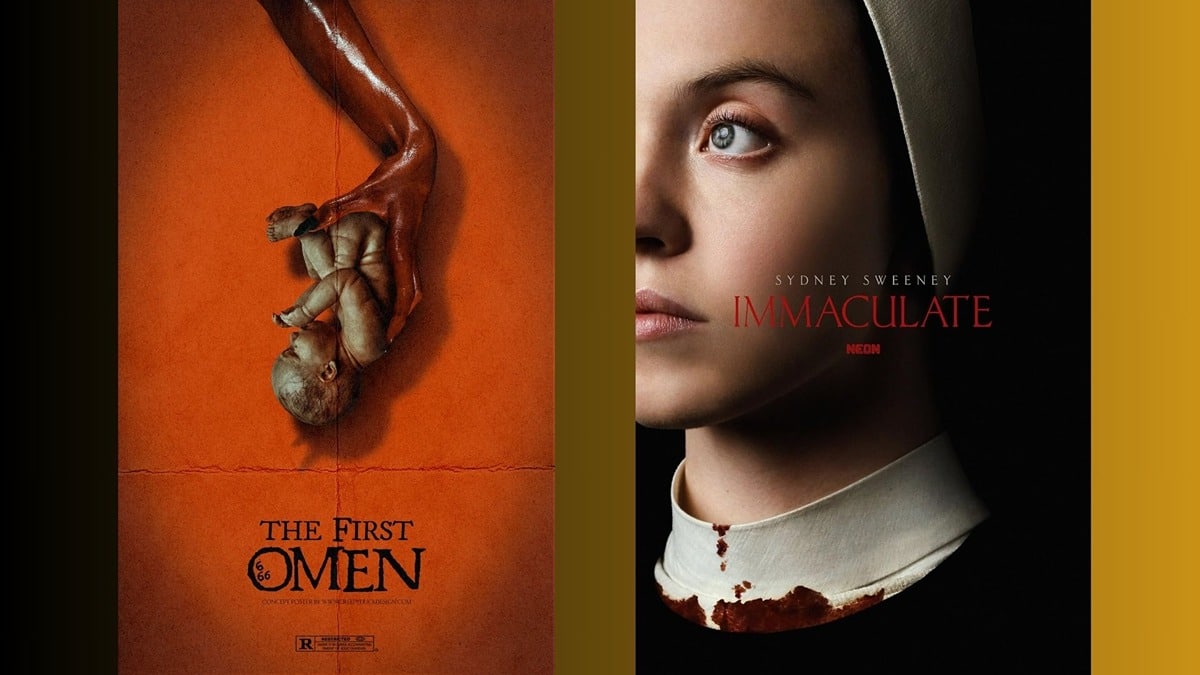
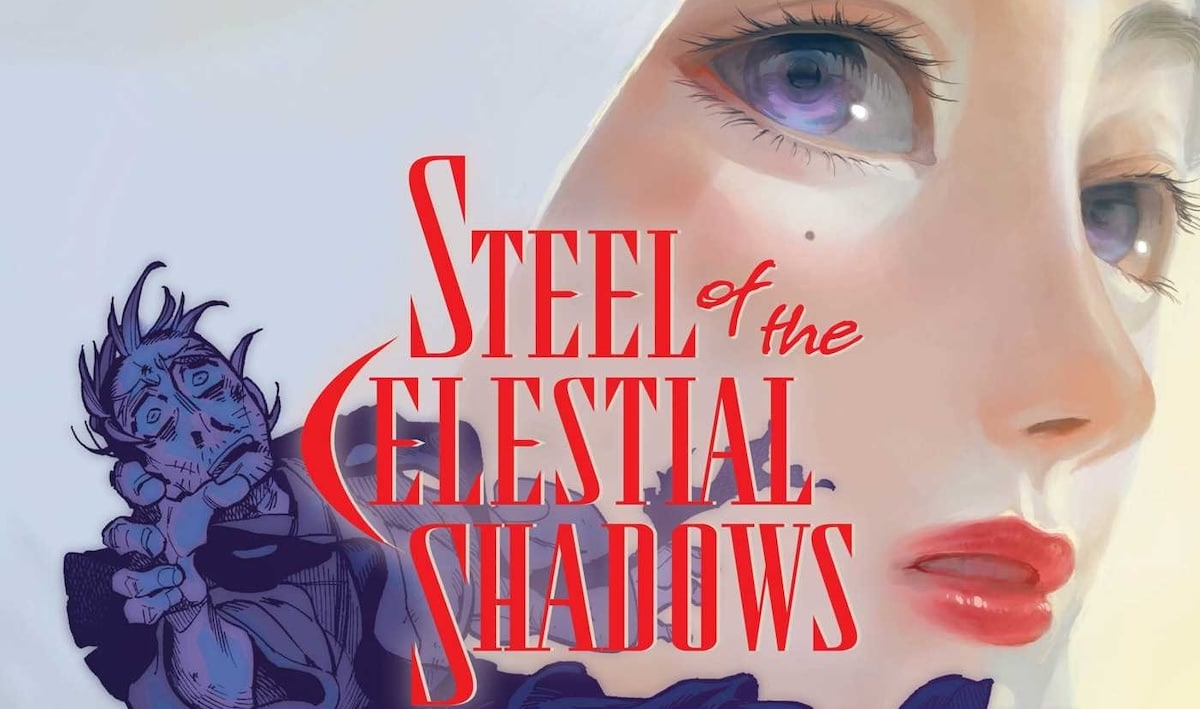
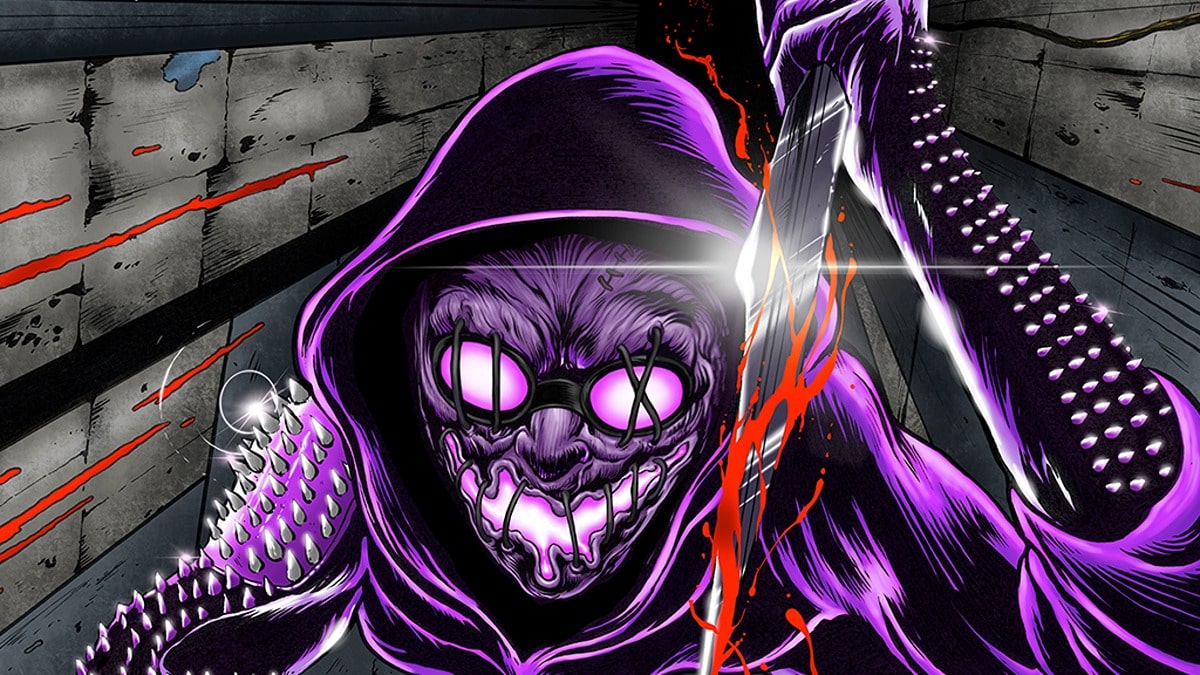
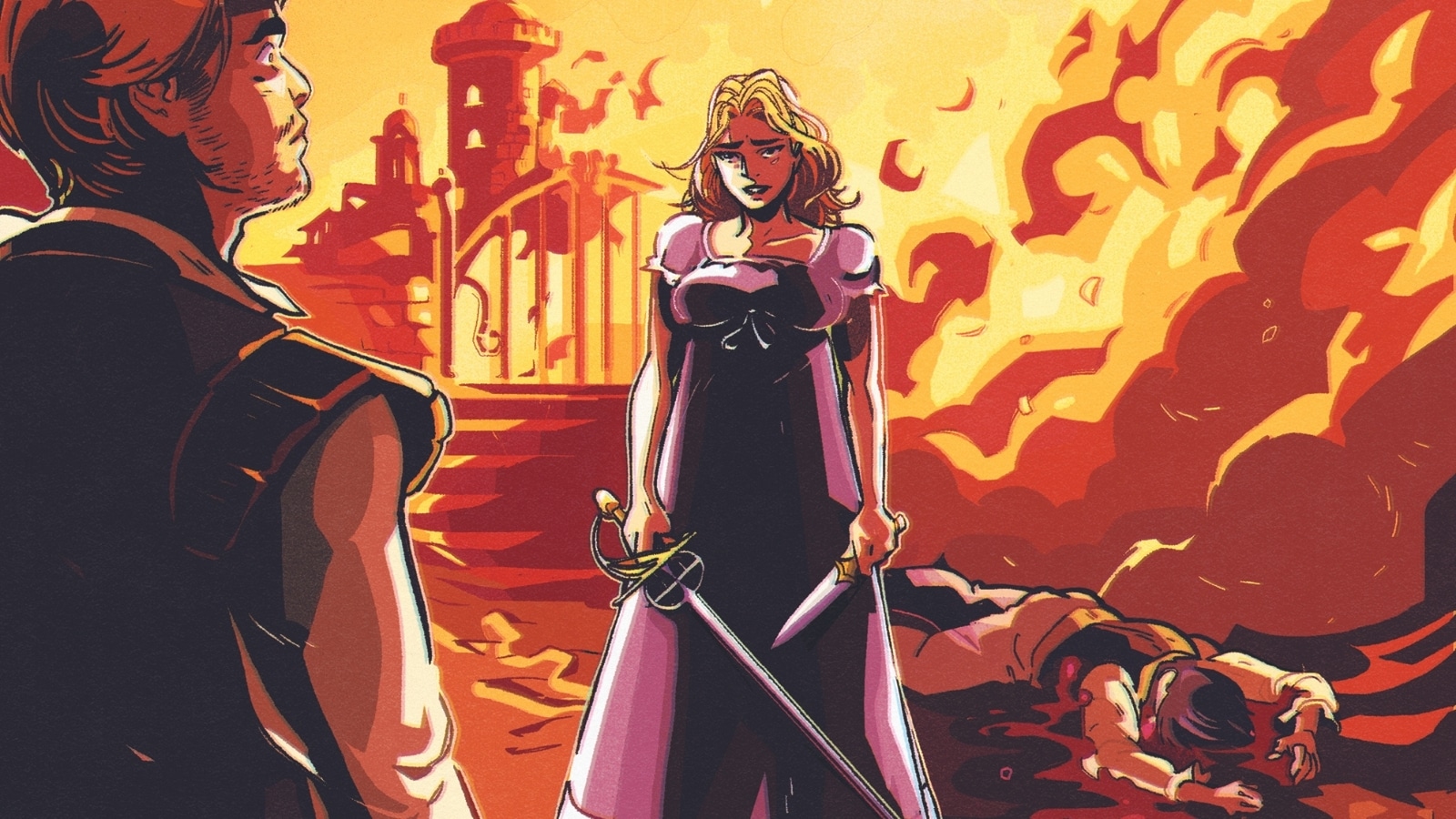

Comments are closed.